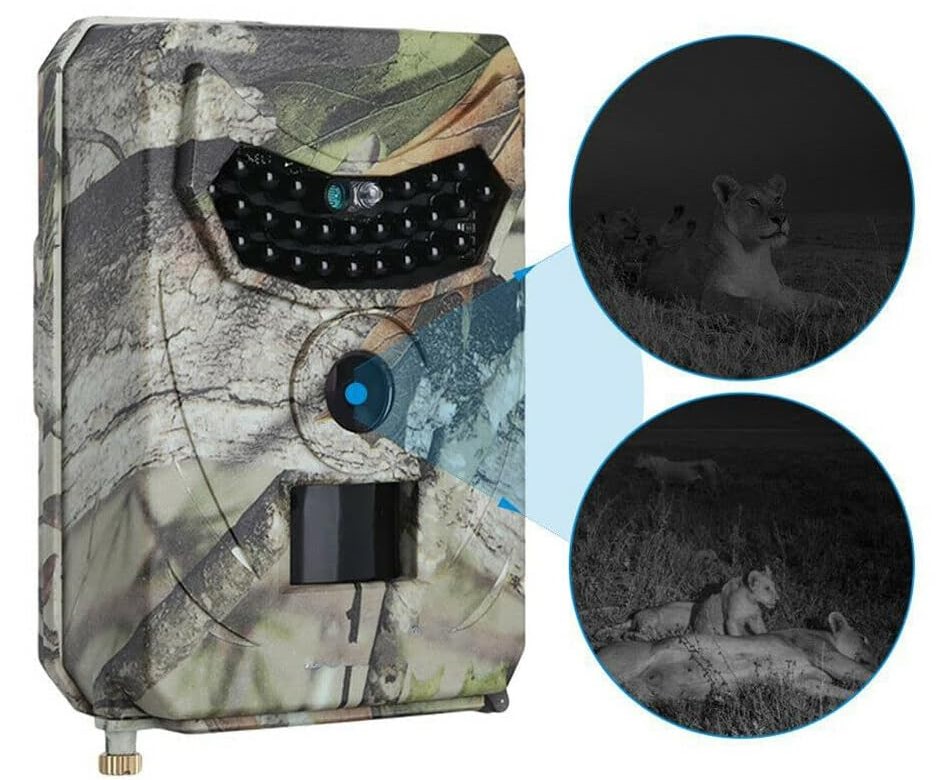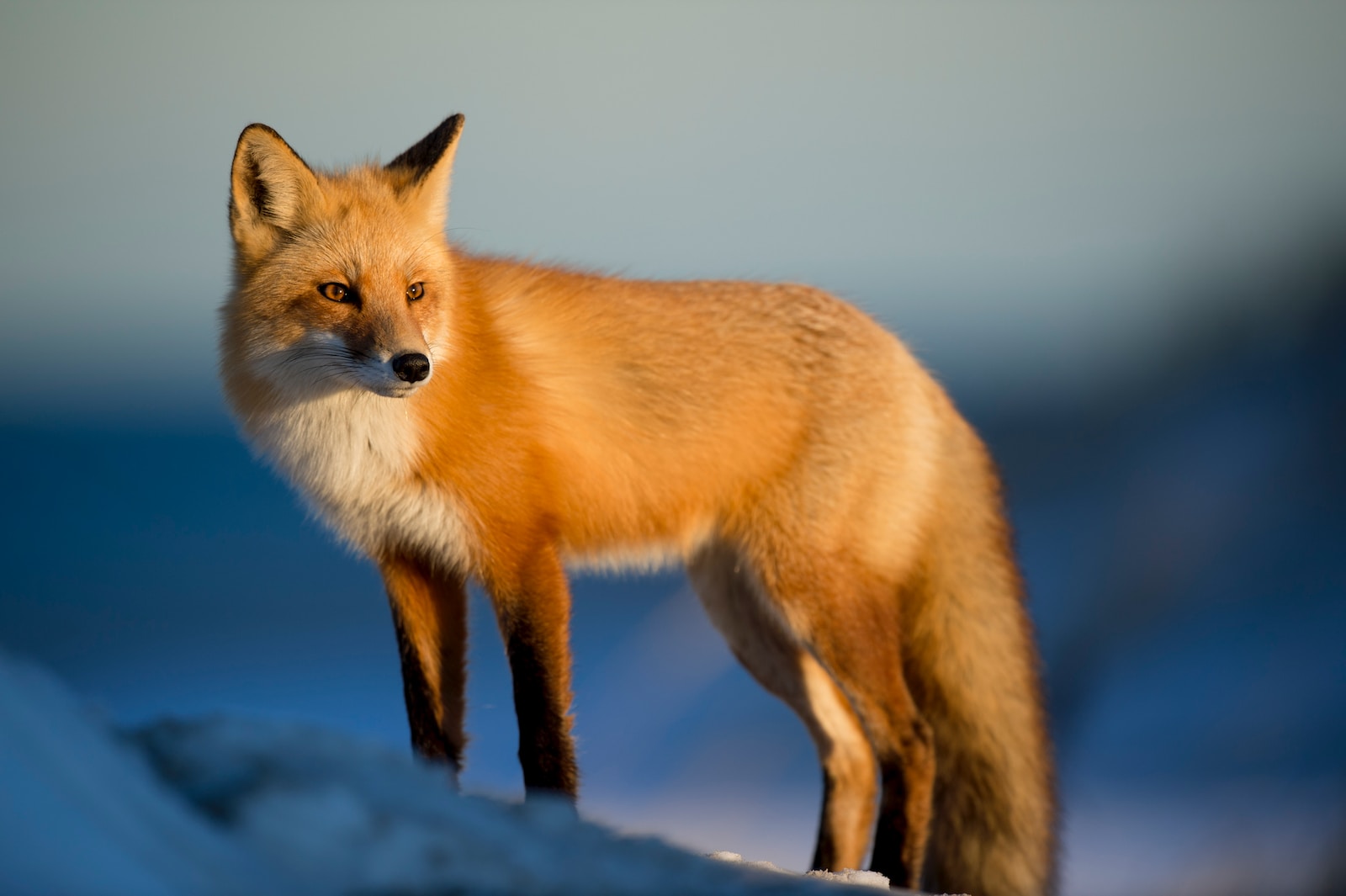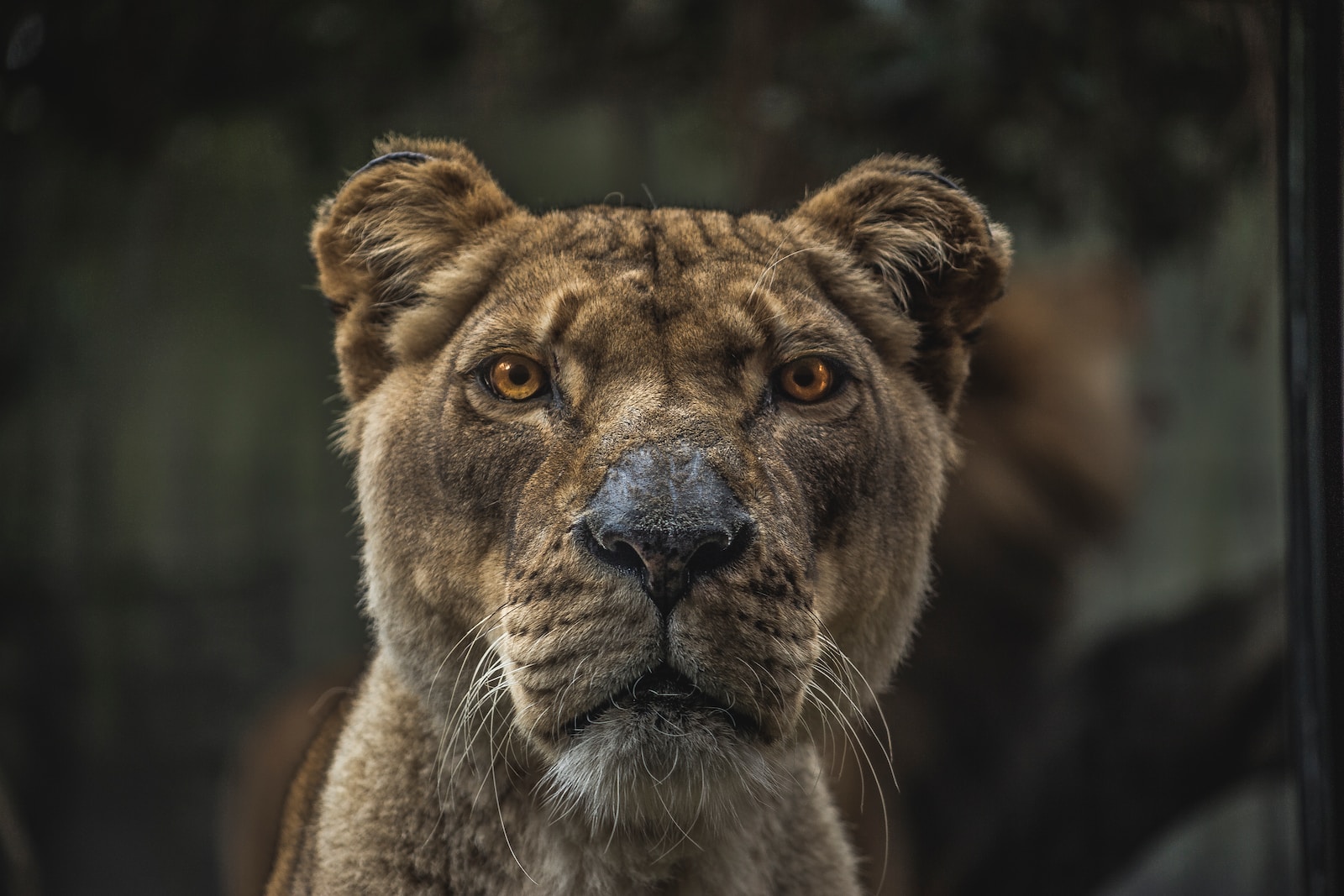Are you curious about the hidden world of nature? Imagine being able to witness wildlife in their natural habitats without disturbing their environment. Wildlife trail cameras provide a fascinating glimpse into the secret lives of animals, capturing stunning images and videos that showcase their behavior and interactions. In this blog, we will delve into the world of wildlife trail cameras, unveiling the hidden world they help us discover.
Table of Contents
- The Power of Observation
- Unveiling the Hidden World
- Frequently Asked Questions
- 1. What is a Wildlife Trail Camera?
- 2. How does a Wildlife Trail Camera work?
- 3. What are the benefits of using Wildlife Trail Cameras?
- 4. Where should I set up a Wildlife Trail Camera?
- 5. How long do the batteries of a Wildlife Trail Camera last?
- 6. Can I view the photos and videos directly from the camera?
- 7. Are Wildlife Trail Cameras waterproof?
- 8. Can Wildlife Trail Cameras be used at night?
- Wrap Up
The Power of Observation
Using wildlife trail cameras allows us to observe elusive creatures without intruding on their space. These cameras, equipped with motion sensors, capture incredible footage of wildlife in diverse habitats. Whether it’s a majestic deer confidently grazing at dusk or a mischievous raccoon exploring its surroundings, these cameras give us a front-row seat to nature’s theater.
Setting Up the Perfect Spot
Choosing the right location for your wildlife trail camera is crucial. By understanding animal behavior and habitat preferences, you can place the camera in spots where animals are likely to frequent. These include trails, water sources, feeding areas, and nesting sites. A well-positioned camera can provide captivating insights into the lives of creatures that would otherwise remain hidden from sight.
Monitoring Wildlife Populations
Wildlife trail cameras offer invaluable assistance in monitoring and researching animal populations. By recording data such as species, age, and gender, scientists can gather vital information about wildlife populations and their behavior. This data is crucial for conserving biodiversity and making informed decisions regarding habitat management and restoration.
Discovering Nocturnal Creatures
The darkness of night has always been a mystery to us, but wildlife trail cameras have the power to unveil the secrets that unfold during nocturnal hours. Capturing images of elusive nocturnal creatures like owls, foxes, and bats, these cameras provide a unique opportunity to understand their adaptations and hunting strategies under the cloak of darkness.
Captivating Behavior and Interactions
Through wildlife trail cameras, we can witness captivating behaviors and interactions that offer a glimpse into the complex web of life. From playfulness between siblings to territorial disputes between rivals, these cameras provide a window into the intricate relationships and social structures that exist within animal communities.
An Eye-Opening Journey
The hidden world discovered through wildlife trail cameras is both fascinating and humbling. It reminds us of the rich diversity of life that surrounds us, often unnoticed. By unveiling these secret moments, we cultivate a deeper appreciation for the natural world, inspiring us to protect and conserve the habitats that sustain these remarkable creatures.
Interesting fact: Did you know that wildlife trail cameras have even captured rare and elusive species like the snow leopard in their natural habitats?
Exploring Nature’s Unseen Wonders
Using wildlife trail cameras, we embark on a thrilling adventure to explore nature’s unseen wonders. Join us as we venture into remote forests, follow meandering streams, and traverse vast prairies, all through the lens of these remarkable cameras. Discover the hidden world that awaits, as we uncover the beauty, diversity, and intrigue of wildlife through captivating images and videos.
Preserving Biodiversity and Habitats
Understanding and appreciating the hidden world of nature is crucial for protecting our planet’s delicate ecosystems. By raising awareness about the importance of biodiversity and habitat preservation, we can work together to conserve these vital resources for future generations. Through the lens of wildlife trail cameras, we gain a deeper understanding of the interconnectedness of all living beings and the roles we play in securing a sustainable future.
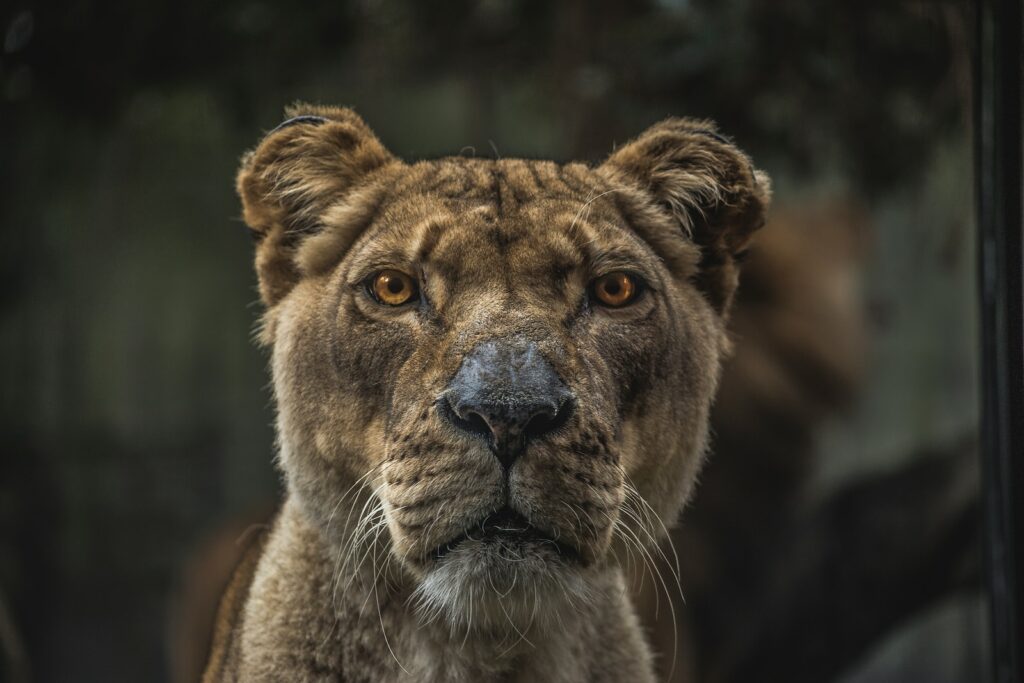
Unveiling the Hidden World
Have you ever wondered what goes on in the world of wildlife when you’re not around? The creatures that roam the forests, the birds that soar through the sky, and the critters that scurry on the forest floor all have their own hidden world. Thanks to wildlife trail cameras, we now have the opportunity to catch a glimpse into this fascinating realm.
Case Study: Overcoming Challenges
One wildlife enthusiast, John Anderson, faced the challenge of capturing images of elusive animals such as the mountain lion on his property. These majestic creatures are known for their stealthy nature, making it exceedingly difficult to spot them in person. Determined to get a glimpse of these elusive beings, John invested in a high-quality wildlife trail camera.
Setting up the trail camera in a strategic location, John patiently waited for days. Finally, his perseverance paid off when he discovered stunning photographs of not just one, but two mountain lions roaming through his property. These images not only captured the beauty of these creatures, but also provided essential data for local wildlife conservation efforts.
The primary challenge when using wildlife trail cameras is finding the perfect placement. It requires an understanding of animal behavior, knowledge of wildlife trails, and patience. However, once you’ve mastered these challenges, the rewards are priceless.
Whether you’re a professional photographer or simply a nature enthusiast, wildlife trail cameras offer numerous benefits. Sarah Rogers, a passionate nature and wildlife photographer, shares her story:
“As a photographer, the wildlife trail camera has revolutionized my work. It allows me to capture incredible shots without disturbing or intruding on the natural environment. I’ve been able to document rare species, observe their behavior, and share these magical moments with the world. Additionally, trail cameras have helped me understand animal patterns, enabling me to plan my shoots more effectively.”
These testimonies demonstrate the power and potential of wildlife trail cameras to uncover the hidden world of nature. If you’re interested in venturing into this fascinating realm, here are a few tips and techniques to make the most out of your wildlife trail camera:
How to Use Wildlife Trail Cameras: Tips and Techniques
- Choose the Right Camera: Select a camera with high-resolution image and video capabilities, as well as a long battery life to maximize your chances of capturing stunning wildlife moments.
- Location is Key: Research and identify the areas where wildlife activity is high. Look for animal tracks, droppings, and signs of movement to determine the best places to set up your trail camera.
- Set up Correctly: Position your camera at the right height and angle, ensuring it is securely mounted to avoid movement caused by wind or animals. Consider using camouflage to blend it seamlessly into the environment.
- Timing is Everything: Experiment with different settings and modes to capture wildlife activity during specific times of the day or night. Motion-activated triggers and time-lapse modes can be highly effective in capturing elusive creatures.
- Be Patient: Wildlife photography requires patience. It may take days or even weeks before you capture the perfect shot. So, don’t get discouraged and persevere. The wait is worth it!
Now that you have a better understanding of how wildlife trail cameras can unveil the hidden world of nature, it’s time to embark on your own adventure. Get ready to capture the wonders of the wild and uncover the secrets of the unseen.
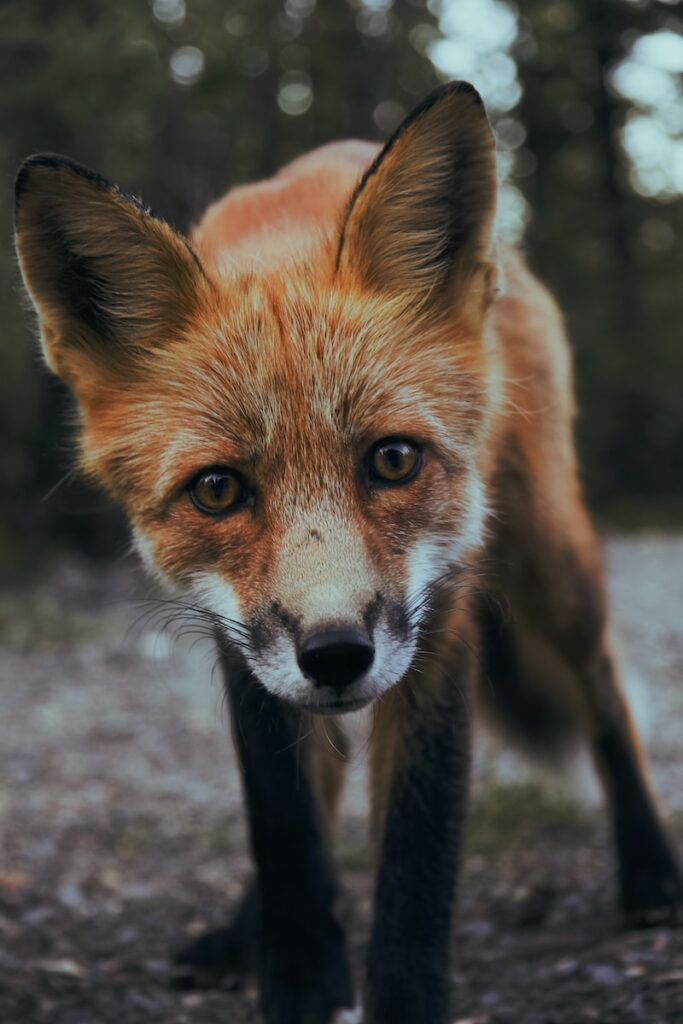
Frequently Asked Questions
1. What is a Wildlife Trail Camera?
A Wildlife Trail Camera is a specialized device designed to capture still images or videos of animals in their natural habitat. It is often used by researchers, conservationists, and nature enthusiasts to observe the behavior and movements of wildlife without disturbing their natural environment.
2. How does a Wildlife Trail Camera work?
Wildlife Trail Cameras are equipped with motion sensors that are triggered by the movement of animals. When an animal comes within range, the camera automatically takes a photo or records a video. These devices are usually weatherproof and can be left in remote locations for an extended period.
3. What are the benefits of using Wildlife Trail Cameras?
Using Wildlife Trail Cameras can provide valuable insights into the hidden world of nature. Some key benefits include:
- Observing wildlife behavior without disturbing their natural habitat.
- Collecting data for research and conservation purposes.
- Discovering new species or documenting rare sightings.
- Educational purposes, promoting awareness and appreciation of wildlife.
4. Where should I set up a Wildlife Trail Camera?
Choosing the right location is crucial for capturing wildlife activity. Consider the following tips:
- Identify natural animal paths or trails.
- Look for areas with signs of animal activity (tracks, droppings, scratch marks).
- Set up near a water source or food supply like a bird feeder.
- Choose a secure and inconspicuous spot to avoid theft or disturbance.
5. How long do the batteries of a Wildlife Trail Camera last?
The battery life of a Wildlife Trail Camera varies depending on factors such as camera model, usage, and weather conditions. In general, high-quality batteries can power the camera for several months. It is advisable to check the battery status regularly and replace them as needed to avoid missing out on important wildlife moments.
6. Can I view the photos and videos directly from the camera?
Yes, most Wildlife Trail Cameras have an LCD screen or offer wireless connectivity options, such as Wi-Fi or Bluetooth, allowing you to view the captured photos and videos directly on the device. Additionally, many cameras support SD cards or have USB ports for easy transfer to a computer or other devices.
7. Are Wildlife Trail Cameras waterproof?
Yes, Wildlife Trail Cameras are generally designed to be weatherproof or waterproof, allowing them to withstand different environmental conditions. However, it’s important to check the specifications of the camera model you choose to ensure it meets your specific requirements.
8. Can Wildlife Trail Cameras be used at night?
Yes, most Wildlife Trail Cameras are equipped with infrared (IR) technology or low-glow LEDs, enabling them to capture clear images and videos even in low-light or nighttime conditions without disturbing the wildlife.
Wrap Up
As you can see, wildlife trail cameras play a vital role in uncovering the hidden world of nature. They provide us with a glimpse into the lives of animals and offer a unique perspective that would otherwise be impossible to capture.
From majestic deer roaming in the moonlight, to playful foxes exploring their surroundings, these cameras allow us to appreciate the beauty and diversity of the natural world.
So, why not embark on your own adventure and witness the wonders that wildlife trail cameras can reveal? Share your experiences and thoughts in the comments below. Engage with us and let’s celebrate the magic of nature together!
